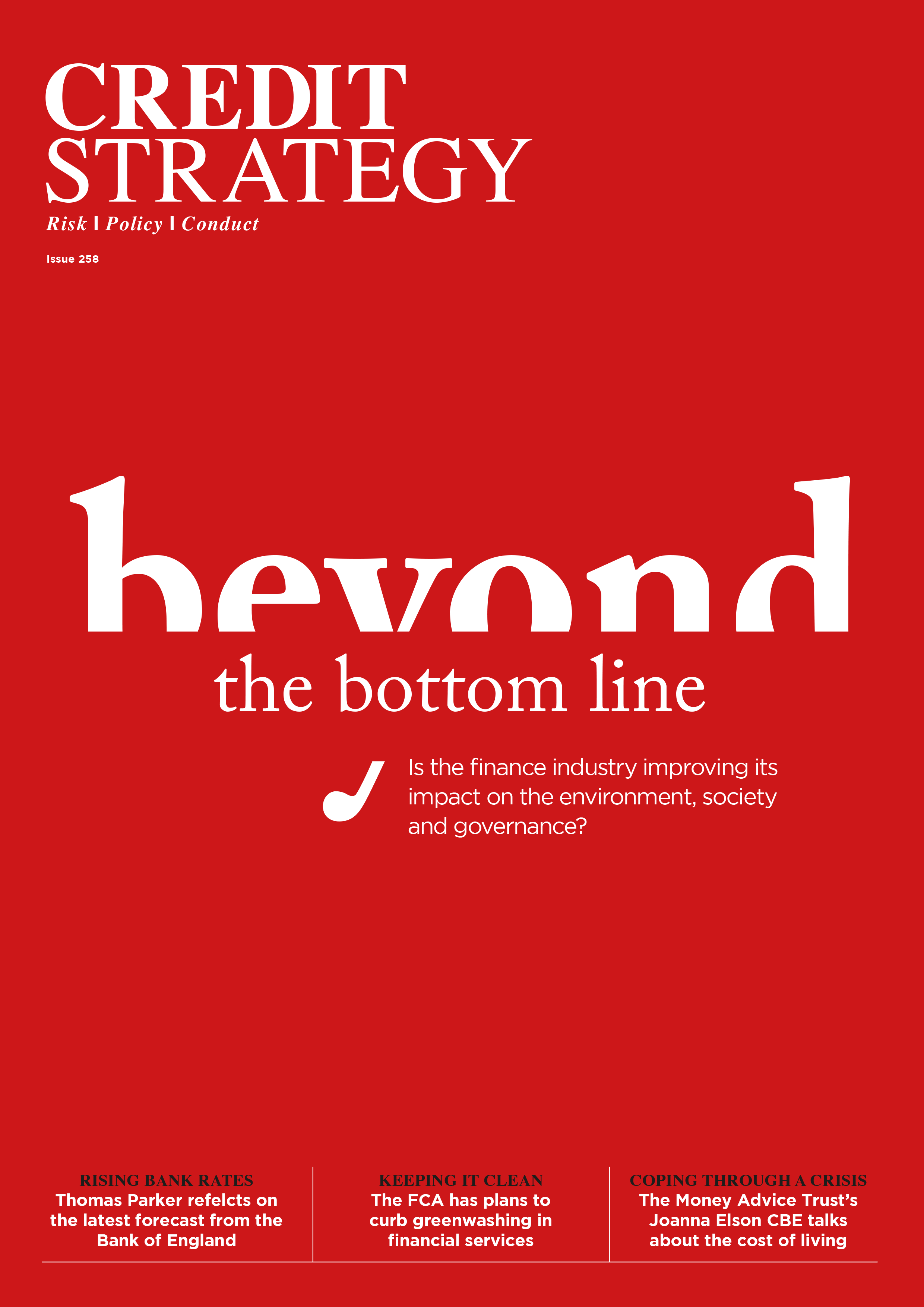Dear visitor,
You're reading 1 of your 3 free news articles this quarter
Register with us for free to get unlimited news, dedicated newsletters, and access to 5 exclusive Premium articles designed to help you stay in the know.
Join the UK's leading credit and lending community in less than 60 seconds.
CPI: Inflation dropped to 10.5% in December
The annual rate of inflation fell in December, but is still sitting at one of the highest levels in 40 years at 10.5%

This is the second consecutive month inflation has fallen, after peaking at 11.1% in October before going down to 10.7% in November. While many will welcome December’s 0.2% drop from November, inflation still sits well above the Bank of England’s 2% target.
Rishi Sunak has previously promised to half inflation by the end of the year, which matches up with predictions made by the Office for Budgetary Responsibility.
The slight drop in December was mainly pushed by falling prices of fuel, as well as clothing, compared to the same period in 2021.
There was little to celebrate for families and struggling households, however, with CPI still in double digits. Additionally, food and drink inflation has been soaring yet again, to 16.8% in December up from 16.4% in November, marking the highest level since September 1977.
Kevin Bright, partner and global leader of the Consumer Pricing Practice at McKinsey & Company, said: “While clearly a step in the right direction, this slight slowdown in inflation is unlikely to be a relief to household budgets. According to the ONS, prices are still up by 10.5% versus a year ago, and by 16.5% over the last two years.
“Taking that two-year lens, households are feeling the pain in the spending areas they can least avoid: essential categories including food and non-alcoholic beverages (up 21.7%), housing, water, electricity, gas and other fuels (up 35.3%), furniture, household equipment and maintenance (up 17.9%), and fuel and diesel (up 36.2% and 50.7% respectively).
“Hotels, restaurants, recreation, clothing and household products retailers are among those who will continue to be most impacted. As providers of non-essential products and services, they should consider developing longer-term action plans that preserve demand while offsetting the negative effects of rising prices and proactively preserving their balance sheets.”
Stay up-to-date with the latest articles from the Credit Strategy team
Get the latest industry news






